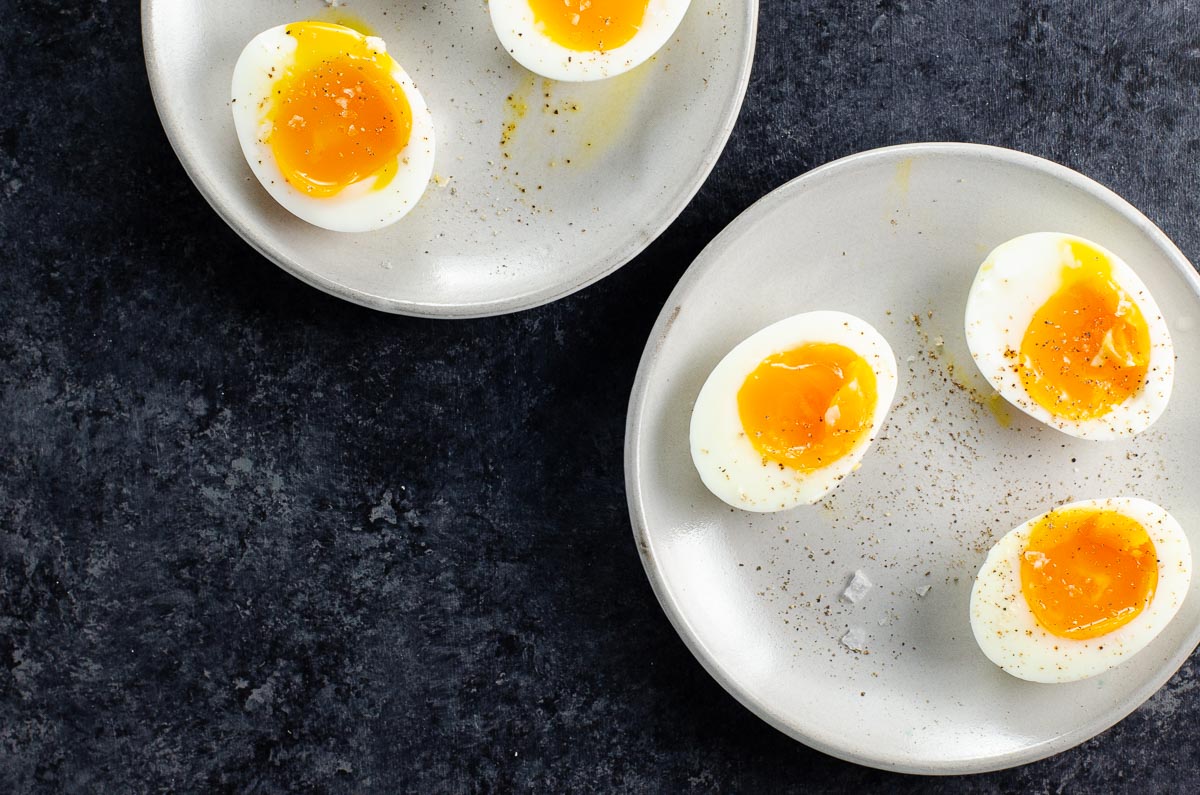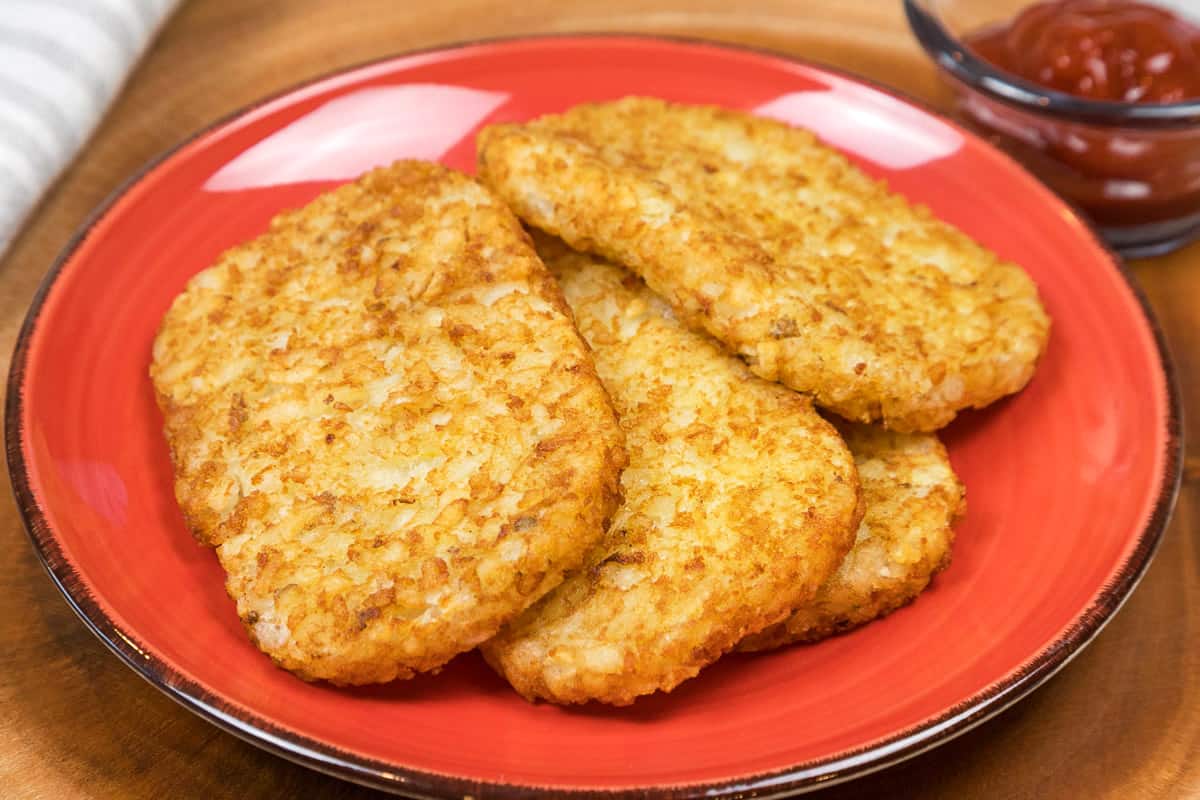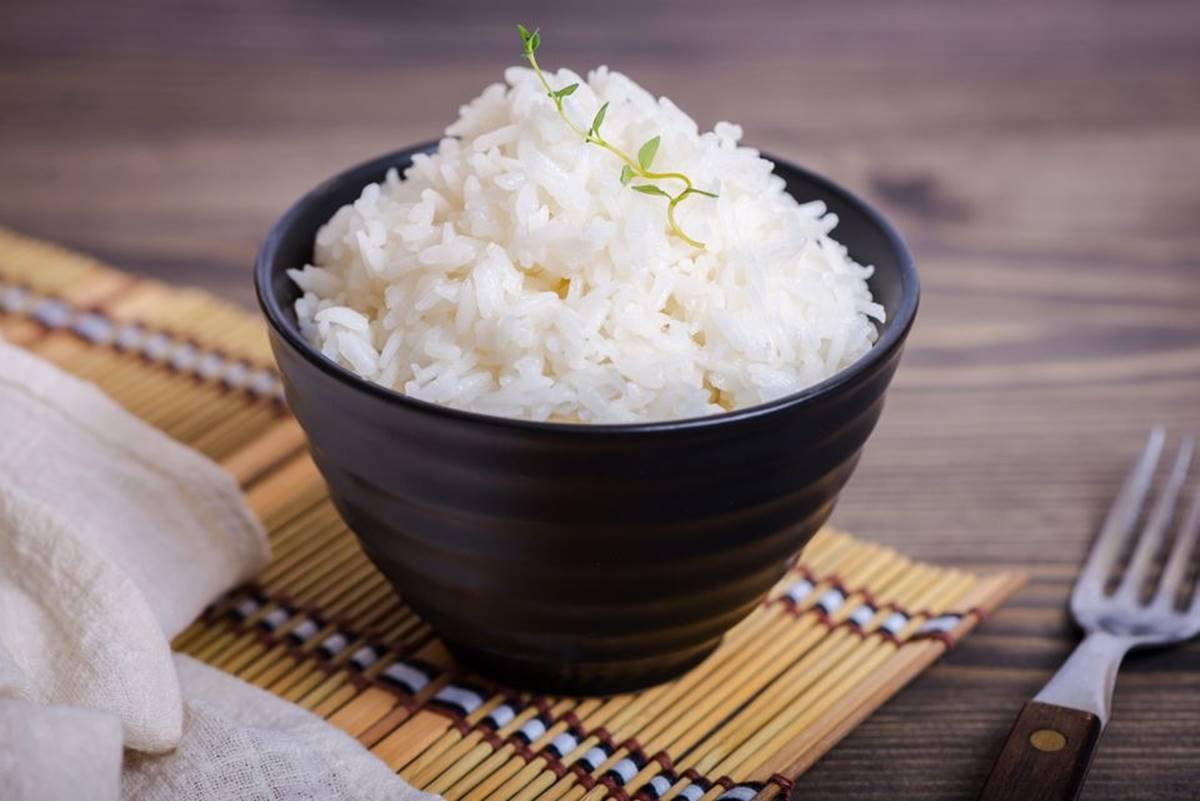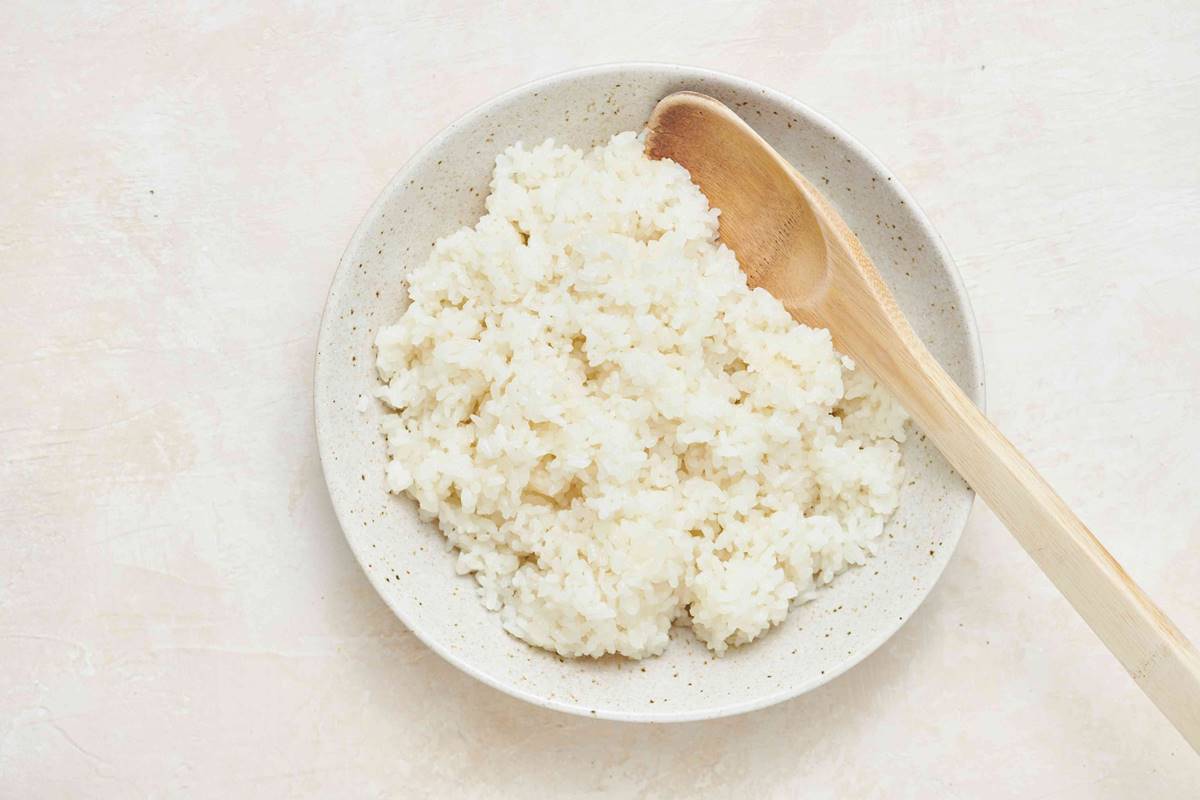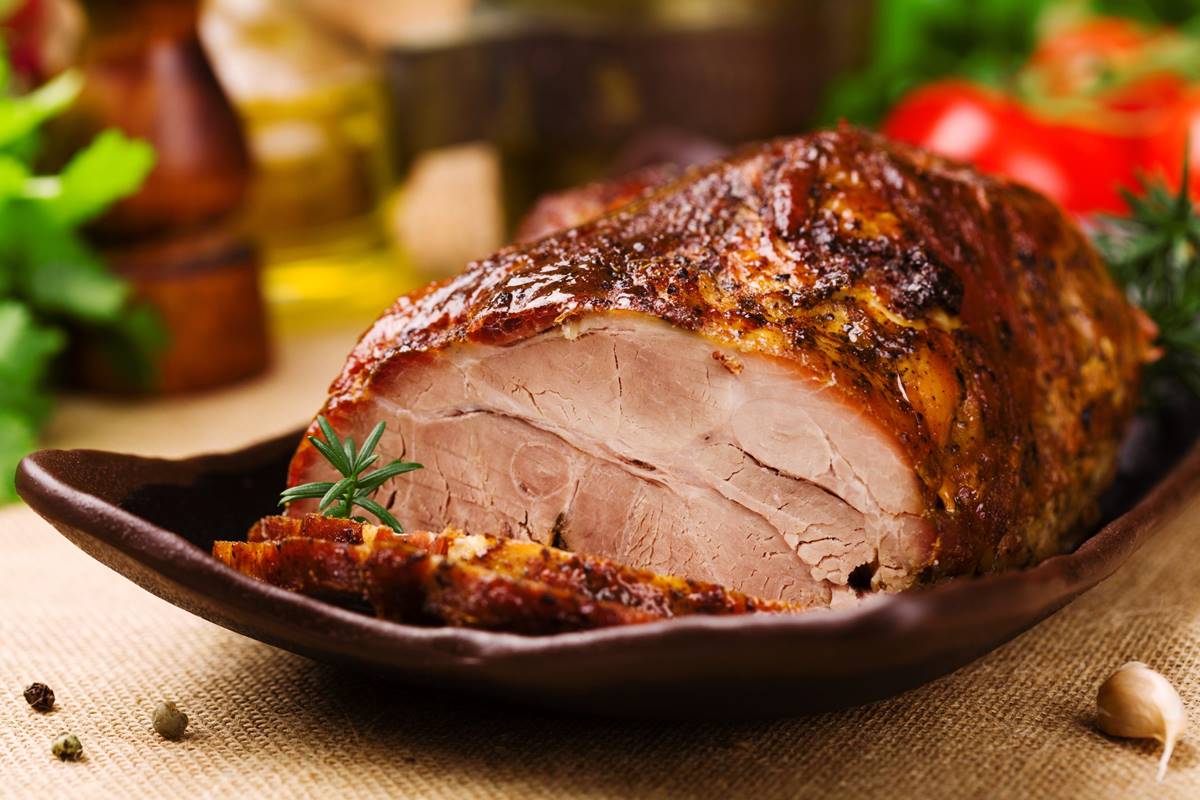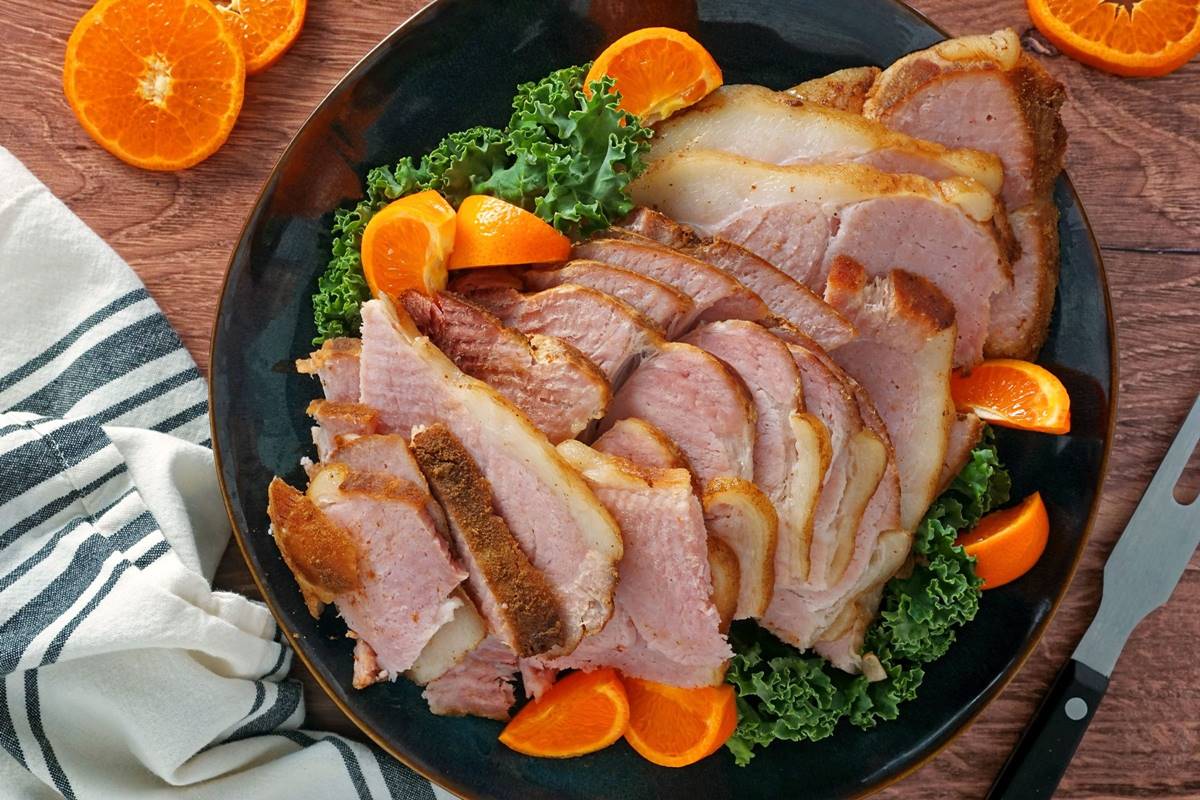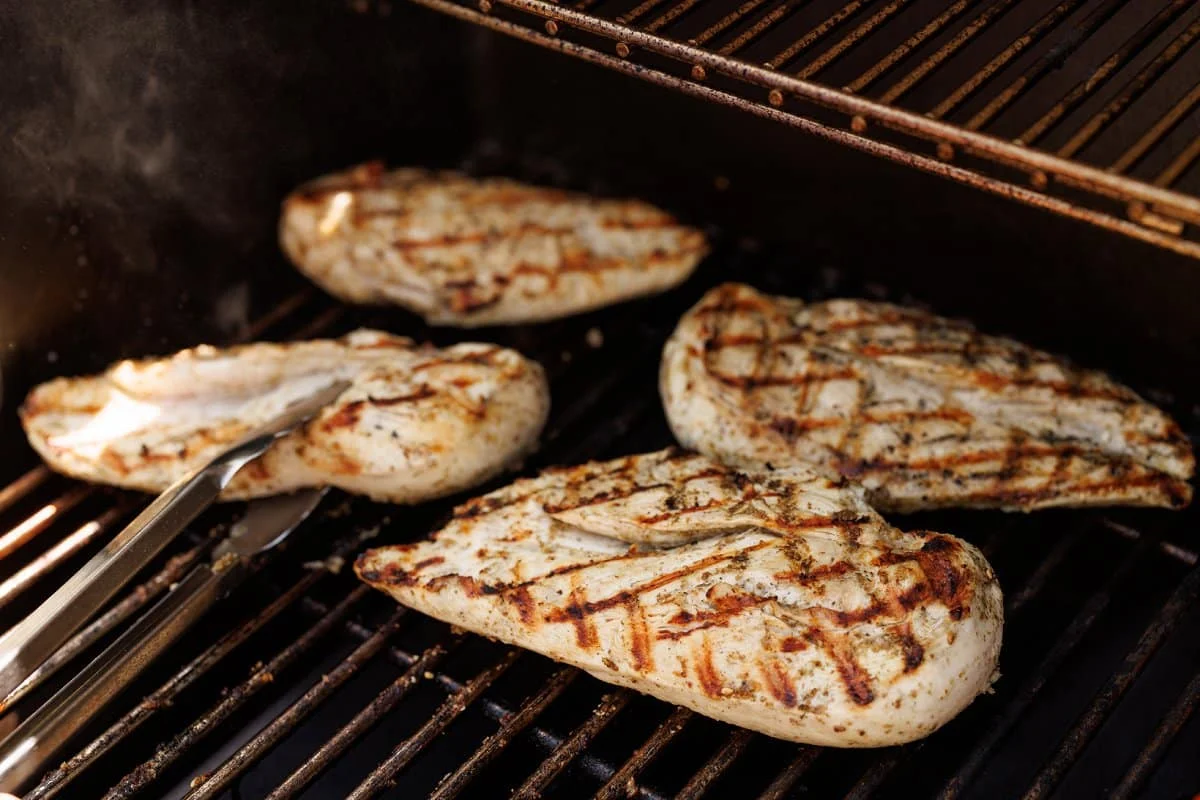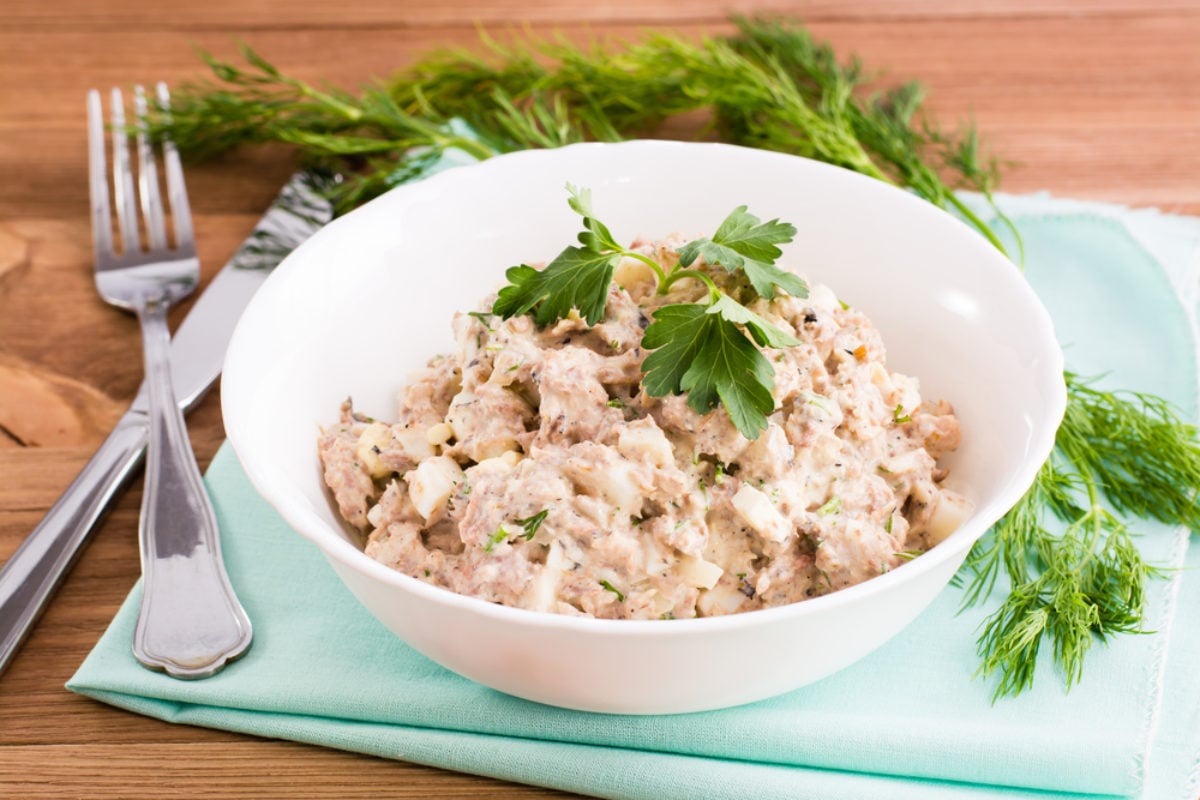How To Cook Frozen Rice Cakes
If you’re a fan of Korean cuisine, you’ve probably come across delicious rice cakes, also known as tteok, in various dishes. These chewy and versatile bites make a perfect addition to soups, stir-fries, or even enjoyed on their own. But what do you do if you have a bag of frozen rice cakes in your freezer? Don’t worry, we’ve got you covered!
Follow these simple steps to cook frozen rice cakes to perfection:
1. Thaw the Rice Cakes
Start by thawing the frozen rice cakes. You can do this by leaving them in the refrigerator overnight or placing them in a bowl of cold water for about 20 minutes. Thawing them will make them easier to cook and prevent them from sticking together.
2. Boil Water
Bring a pot of water to a rolling boil. The amount of water will depend on the quantity of rice cakes you’re cooking, but make sure there is enough to fully submerge them. Adding a pinch of salt to the water will enhance the flavor.
3. Cook the Rice Cakes
- Once the water is boiling, carefully add the thawed rice cakes.
- Let them cook for a few minutes, stirring gently to prevent sticking.
- The rice cakes are ready when they become soft and chewy, with a slight elasticity. Taste one to ensure it has reached the desired texture.
4. Drain and Rinse
- Using a slotted spoon or a strainer, remove the cooked rice cakes from the pot and drain them.
- Rinse them under cold water to remove any excess starch and prevent them from sticking together.
5. Incorporate into Your Dish
Your cooked rice cakes are now ready to be added to your favorite dishes!
Here are a few popular ways to enjoy them:
- Tteokbokki: Cook the rice cakes in a spicy gochujang-based sauce along with vegetables and proteins like fish cakes or tofu.
- Soup: Add the cooked rice cakes to a flavorful broth with vegetables, meats, or seafood for a comforting and filling soup.
- Stir-fry: Sauté the rice cakes with your choice of vegetables, proteins, and seasonings for a quick and tasty stir-fry.
Now that you know how to cook frozen rice cakes, you can unleash your creativity and experiment with different flavors and recipes. Enjoy the chewy goodness that rice cakes bring to your culinary adventures!
Was this page helpful?
Read Next: How To Cook Beef Tongue In A Slow Cooker
